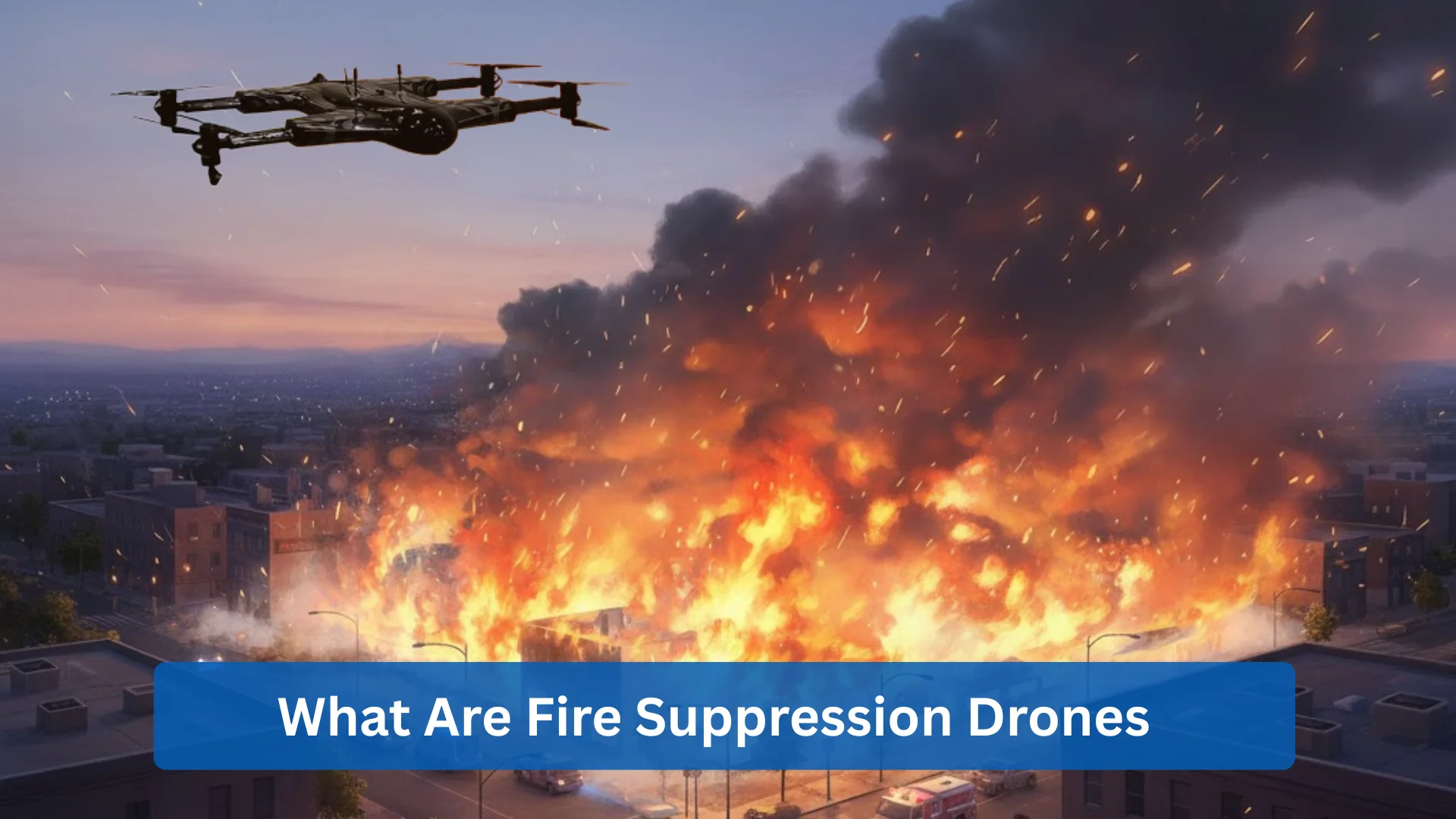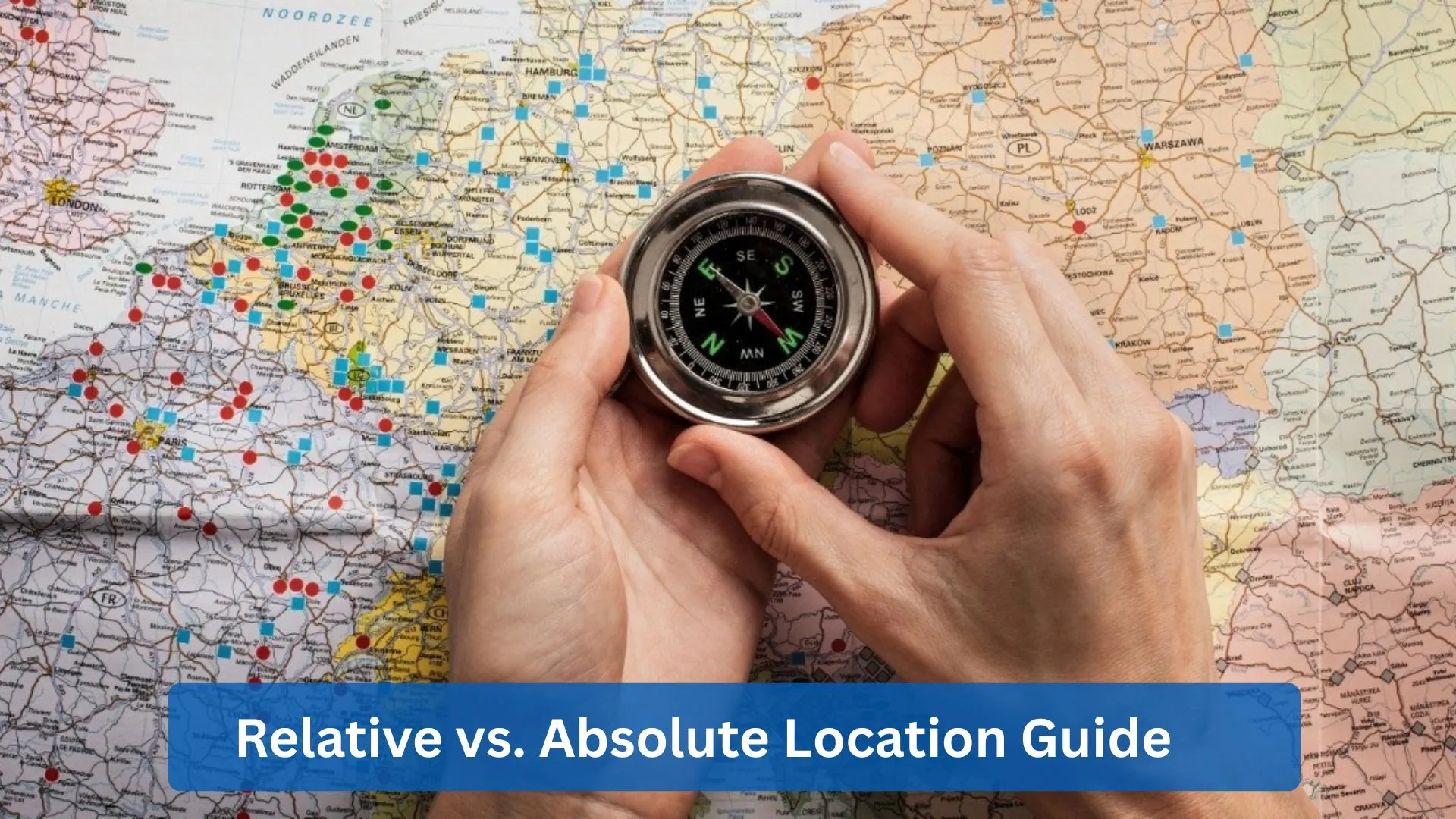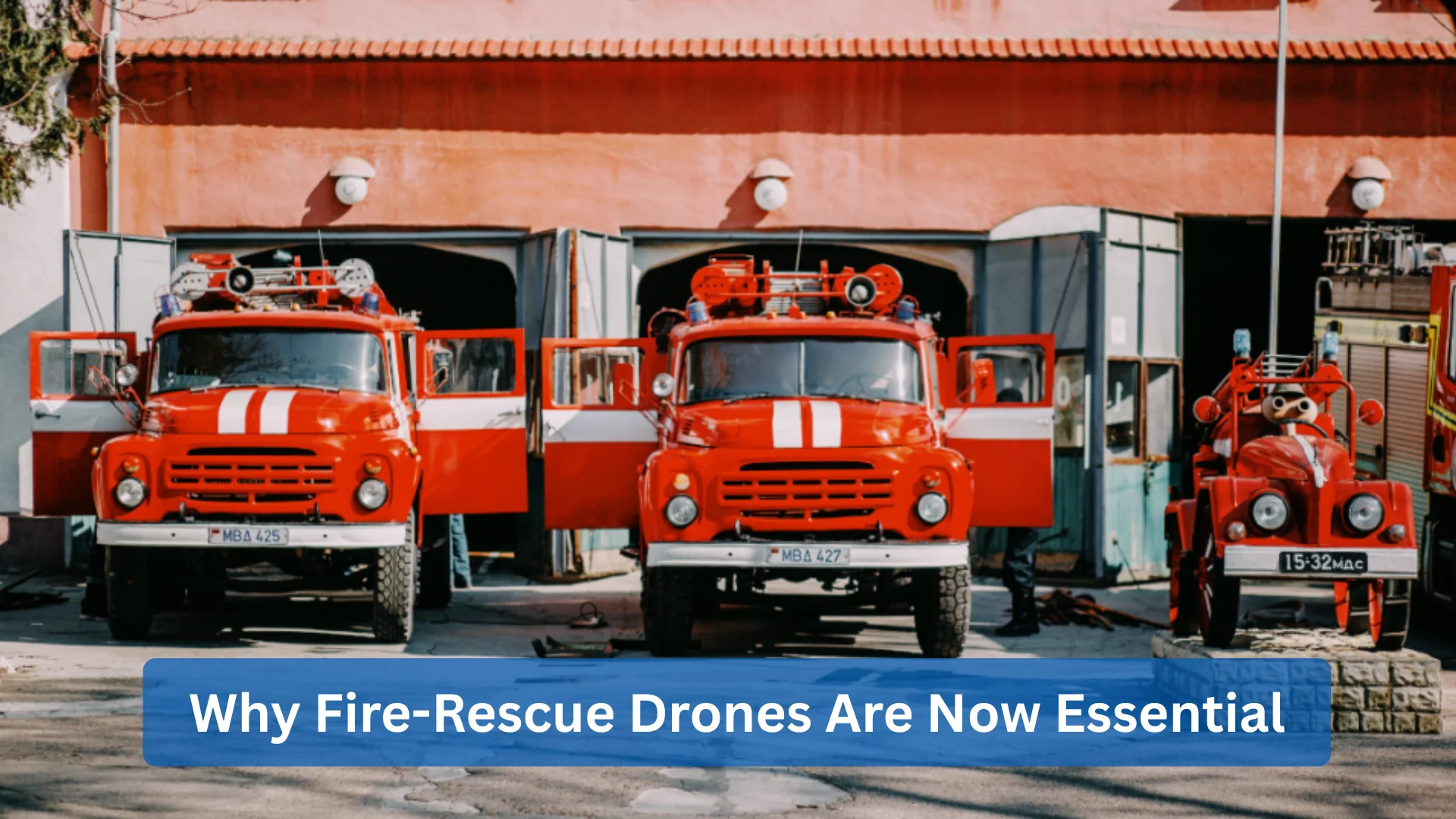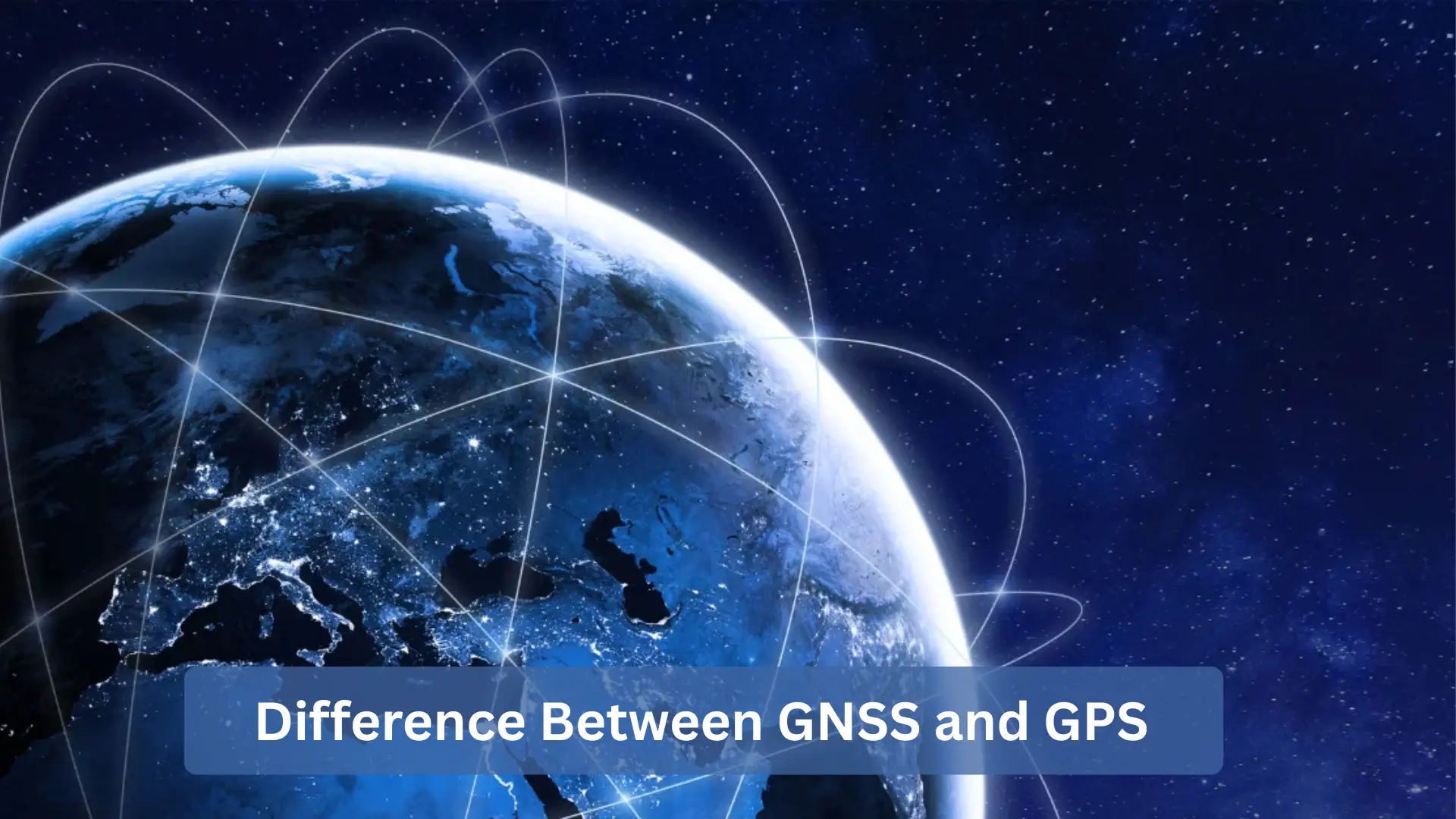What is a Home Inspection Drone?
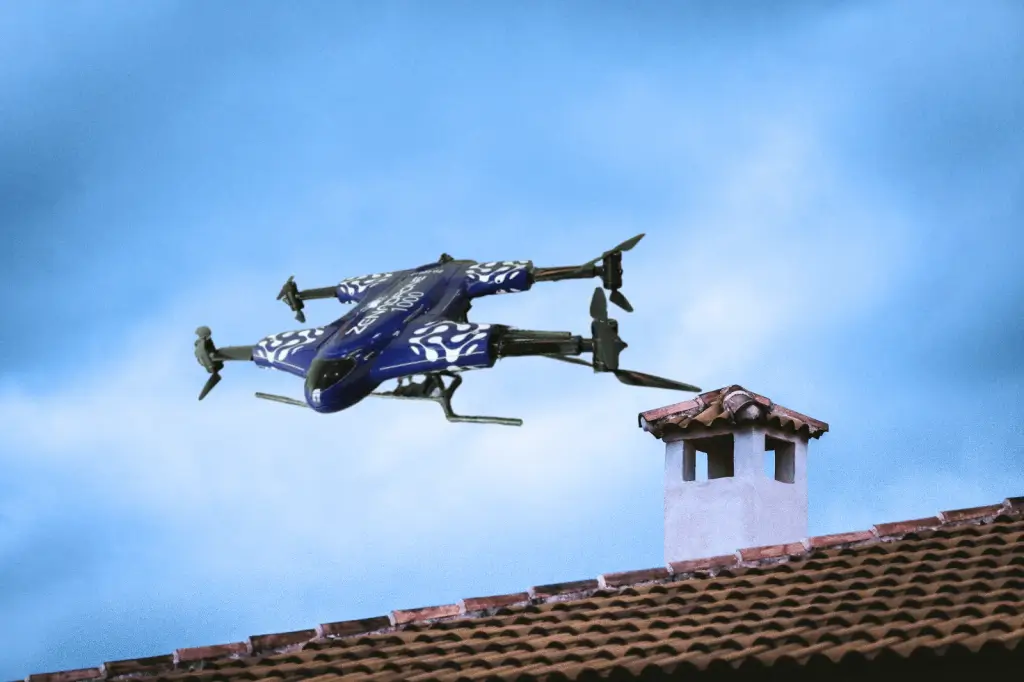
A home inspection drone is a small, unmanned aircraft used to inspect a home’s exterior. Especially hard to reach areas like roofs, gutters, chimneys, and siding from above. It take high-resolution images and video and may use specialized sensors/cameras to help finding issues such as damage, leaks, wear, or deterioration that can be difficult to spot from the ground. A trained operator pilots the drone remotely, and the collected data is typically organized into inspection reports or used for real-time assessment to support maintenance planning or property evaluations.
How Drones Are Transforming the Home Inspection
Drones are changing home inspections by reducing the need for ladders and risky roof access. This makes the process safer and often faster for licensed inspectors. With high-resolution photos and videos, drones give a clearer view of roofs, gutters, chimneys, and siding, helping inspectors spot issues more accurately. The result is stronger documentation and more consistent reports, which benefits real estate agents, insurance adjusters, and homebuyers.
Benefits Home Inspection Drone
The standard inspection methods are hazardous, particularly when applied to multi-story homes or steep roofs. Using drones eliminates climbing, prevents injuries, and speeds up inspection. Therefore, inspectors can render their services less intrusively, faster, and inexpensively without compromising details or quality. Inspection drones significantly improve data safety, efficiency, and accuracy for every residential property assessment.
Key Features of Home Inspection Drone
A good home inspection drone should make it easy to see problems clearly and cover the whole property safely. A sharp camera and strong zoom help you spot roof damage, cracks, and wear, even around chimneys and gutters, without needing to climb. Some drones also have heat-view cameras that can help reveal moisture, poor insulation, or hidden leaks that a normal camera might miss.
Safety and control matter too. Sensors can support the drone avoid bumping into trees, walls, and tight roof edges. GPS helps it stay steady in the air. Even when the wind picks up, so the photos and videos come out clear. And with longer battery life and a solid signal range. You can inspect more of the house in one flight without frequent stops.
Application of Home Inspection Drone
Roof and Attic Inspections
A drone building inspection makes roof assessment faster and easier in determining the cracks in the shingles, pooling water, and ventilation issues. Drones can also inspect attic vents and skylights without access inside or by crossing dangerous slopes.
Gutter and Chimney Analysis
Personnel can utilize drones to inspect gutters for blockage, corrosion, and drainage problems. Camera drones easily achieve tough angles to inspect chimney wear, cracks, or missing caps.
Siding, Windows, and External Walls
Drones may swiftly record high-resolution images of exterior surfaces exhibiting wear, decay, or flaws. Building inspection with drones allows for much closer scrutiny. Drones provide high-resolution photos of window frames, caulking, and siding without ladders or scaffolding.
HVAC and Energy Efficiency Audits
Thermal imaging drones discover flaws in HVAC systems, insulation, or inefficient doors and windows. These drones save energy and provide buyers or owners with precise energy audits of their homes, catering to their ecological conscience.
Structural Integrity Assessments
Drones possess precision scanning capabilities for investigating foundation cracking, structural shifts, and wall bulges. Residential drone inspections ascertain the existence of underlying structural issues. Detecting defects before they worsen or become too expensive to repair is essential.
How to Use a Home Inspection Drone Professionally
Streamlining the Inspection Process
Drones for home inspectors save time in property inspections. In just a few minutes, drones cover rooftops, gutters, and other outside features, eliminating the need for ladders, harnesses, or climbing, considerably increasing safety. Flying a drone around a large or multi-storey house would create less disruption for a homeowner and, therefore, less disruption for neighbors. The streamlined procedure would allow the inspector to spend more time interpreting the data than worrying about poor physical access.
Capturing Aerial Photos for Reporting
Using drone cameras to get clean aerial shots boosts inspection reports, with homeowners learning the property conditions visually. Images speak more than individual photography from the ground, specifically showing wear on roofs, debris within gutters, and cracks near chimneys. Drone technology for inspectors adds quality to reports, with exact, well-angled images for documentation and client portrayal. They’re invaluable in filing claims with insurance companies, negotiating real estate deals, and renovating.
3D Mapping and Real Estate Appraisal
Drones create 3D property models, which help in real estate appraisals, especially for large properties or complex structures. For appraisers and buyers, 3D imaging adds context to square footage, landscaping, and surrounding areas. Real estate drone photography supports precise listings and adds new dimensions to visual marketing, especially in high-value property transactions.
Drone Housing and Storage Solutions
Why Drone Housing is Essential for Protection
Proper drone housing protects it from dust, moisture, and accidental drops during transport or storage. Proper housing and storage protect a drone from damage by reducing exposure. Good storage also extends its lifetime, helping limit the cost of repair or replacement. Protective cases or shells shield parts such as propellers, lenses, and sensors from wear and tear.
Recommended Drone Storage Cases
Opt for hard-shell cases with foam interiors to cushion your drone during travel or when transferring to a job site. Custom-cut compartments keep drones and accessories safe and accessible while staying organized. Shop for waterproof and shockproof materials for your drone storage systems. These materials provide the utmost durability and protection from the elements. Soft cases may be lighter but often lack the impact resistance needed for rugged environments.
Storing Drones for Fleet Management
Professionals in several units require practical lockers or storage racks for drone fleet protection and scheduling maintenance. Thanks to the labeled cases and digital tracking, teams can store, monitor, and operate drone deployment plans more efficiently. A well-organized fleet can minimize downtime, ensuring drones are always fit for inspecting or fieldwork tasks.
Managing Drone Fleet for Inspection Companies
Benefits of Drone Fleet Management
Drone fleet management aids in keeping everything organized, efficient, and reactive on the job site for inspection companies. Coordinating the schedules of multiple drones saves time and ensures that each inspection is on schedule. The fleet management system provides safety to the crew through tracking the following:
- Equipment usage
- Operator responsibility
- Maintenance status
Drone Fleet Management Software
Software platforms allow teams to schedule flights, assign pilots, and store flight logs in one centralized dashboard. These drone inspection company tools enhance communication and task distribution between large inspection teams working across various service areas. With real-time updates, checklists, and performance analytics, drone operations are smooth from pre-flight to post-flight review.
Maintenance Logs and Tracking Systems
Thanks to the digital maintenance logs, all fleet drones undergo inspection, are updated, and are prepared for flight. Using scan barcodes and geotags, drones are tracked and saved from loss through transportation or deployment. Autonomous inspection drones need rigorous maintenance and tracking to remain functional. Drones must be functional at all times and lengthen the service life of these systems. Perfectly maintained drones yield accurate data, cutting costly delays due to equipment problems or missed flights.
Commercial and Residential Drone Inspection Services In USA
Commercial Property Inspections
Using commercial property inspection drones enables companies to evaluate huge buildings quickly without any hazards. These drones can also provide high-detail visuals for maintenance planning, damage assessment, and insurance documentation. Drones save inspection times while increasing inspection precision and lowering field liability risks for on-site evaluations.
Multi Unit Housing Complex Scans
Drones for housing complexes photograph several roofs, facades, or common-access areas during a single flying session. These drones are best suited for HOAs, property managers, or inspection companies that deal with apartments, townhomes, or gated communities. Drone surveys are most effective for multi-unit structures since they identify leaks, damaged siding, or unsafe structures.
Real Estate and Appraisal Inspections
Offering enhanced listing imagery, drone footage can also assist appraisals or condition reports of residential or commercial real estate. Aerial photos give buyers and investors a clear view of the property boundaries, rooftops, and exterior features. Drone property inspections offer valuable information for agents, appraisers, and buyers in their decision-making. They prevent potential issues from being overlooked and increase the parties’ trust in the transaction process.
How to Choose the Best Drone for Home Inspections
Top 5 Drones for Home Inspectors in 2025
When choosing the best drone for home inspections, you typically consider image quality, build quality, and flight time. In 2025, top models such as the DJI Mavic 3, Autel EVO II, Parrot Anafi USA, and ZenaDrone 1000 will represent professional drones. These drones are known for their stability, intelligence, and safety considerations during residential or commercial inspection flights.
Budget vs Premium Drone Options
Even frugal inspectors can find affordable drones with 4K video and essential inspection capabilities. Premium drones offer longer flight times, obstacle avoidance, and stronger wind resistance, making them suitable for bigger and more complex properties. Consider your inspection volume and required features when choosing an entry-level or advanced model.
Comparing Camera and Thermal Features
Everything from the camera quality varies. During inspections, you can pick at least 4k for a clear and crisp viewing surface. For thermal requirements, search for the top-rated drones for building inspection equipped with integrated FLIR or similar thermal imaging systems. You may narrow down your search by directly comparing the drones that suit your exact requirements regarding the camera, zoom, and thermal. Choosing the right drone ensures that your reports are correct, visual, and professional for all the clients.
How to Start Home Inspection Business
Licensing and FAA Regulations
Before flying commercially, learn the regulations for drone building inspections and pass the FAA Part 107 certification exam. Maintaining local airspace rules, flight restrictions, and insurance requirements is paramount for lawful and safe drone operations. Compliance creates credibility in the eyes of your clients and shields your business from legal implications or fines.
Required Equipment and Budget
Get yourself a good drone, controller, extra batteries, and an editor. Depending on their start-up investment and services rendered, small firms may start with the basics, or large firms may go for premium. Proper knowledge of how to start a drone home inspection business is helpful in financial planning. Pre-planning also avoids extra spending on non-essential items.
Marketing Your Drone Inspection Services
You would build a website to attract clients and showcase drone footage from completed jobs. You would also promote your services in real estate forums, social media, and local business networks. Position your drone inspection company in a modern, safer, and faster way than conventional home inspection techniques. Client referrals and mainly online reviews will also help grow your reputation and business reach over time.
As demand for safer, faster, and more accurate inspections grows, adopting a home inspection drone is no longer optional; it’s strategic. Whether you’re assessing roofing, structural integrity, or energy efficiency, drones reduce risk, cut costs, and boost precision. With the right tools and a solid inspection process, inspectors and real estate pros can deliver superior service and stay ahead of industry standards.
Real Word Uses of Home inspection Drones In USA
Roof Damage Detected After Storm
The home inspection companies flew drones to inspect roof damage immediately after severe weather conditions. High‑resolution aerial data captured images of cracked shingles, loose tiles, and gutter issues, typically requiring scaffolding or risky ladder work. Immediate assessment saved time and increased accuracy in insurance claims and repair planning.
Heat Loss Detection with Thermal Imaging
Inspecting services now use thermal-equipped drones to detect insulation gaps, heat losses, and hidden water leakages. These have become tools that can reveal invisible problems to the naked eye and help homeowners plan their energy-efficient upgrades and maintenance.
Multi-family Housing Inspections Made Easy
For residential buildings with multitudes, drones have been employed in firms to map all roofs in under an hour. Automated flight paths helped assess a three-story property in Brisbane, generating a 3D model and measurement report immediately.
Conclusion
Home inspection drones offer faster, safer, and more precise property evaluations. They provide detailed information with the least risk involved, from roof inspections to thermal scanning. Drones enhance inspections and their reporting for homeowners and inspectors alike. The growing demand makes adopting an inspection drone necessary for staying ahead in real estate, upkeep, and safety inspections.
Frequently Asked Questions (FAQs)
Are drones legal for home inspections?
A home inspection drone is legal with FAA Part 107 certification and compliance with local airspace regulations.
How much does a drone home inspection cost?
Prices vary but typically range from $150–$400 depending on the property size, location, and services offered.
Can drones inspect interiors too?
Most drones are for outdoor use. Interior inspections are limited unless using specialized drones with indoor navigation.
What’s the best drone for thermal inspections?
Look for drones with FLIR thermal sensors and reliable drone housing to protect gear during transport and storage.
Contact Us
Thank you for your message. It has been sent.
Latest Posts
Relative vs Absolute Location Guide
Difference Between GNSS and GPS
Social Profiles






